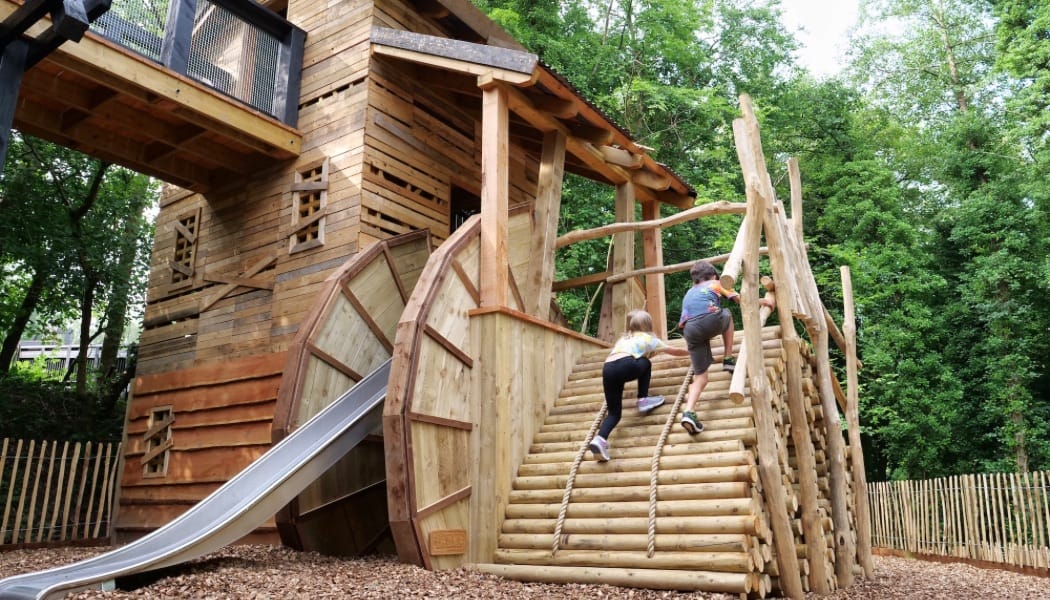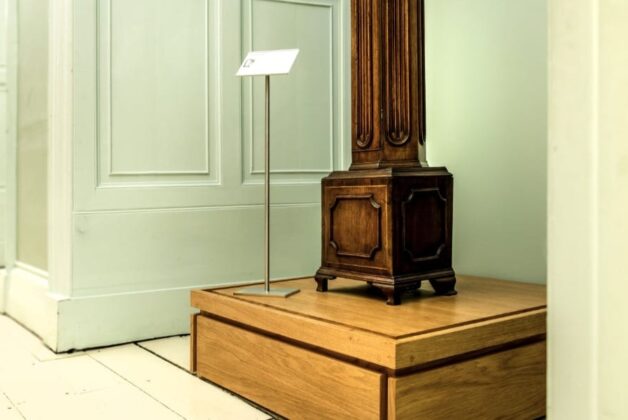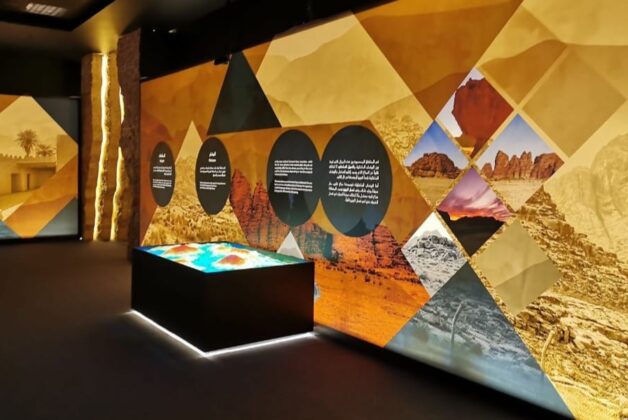Image: Race to the top for the slide at The Madeley Wood Company adventure play at Blists Hill (CAP.Co)
CAP.CO explains how adventure play can transform museums into active family destinations, extending visitor stays, boosting revenue streams, and creating emotional connections.
At CAP.CO (Creating Adventurous Places Ltd), we specialise in crafting unique play experiences that don’t just entertain — they inspire. Over recent years we have completed a number of exceptional playgrounds at museum sites. Traditionally seen as spaces for quiet reflection, museums are increasingly embracing hands-on, immersive and physically engaging environments. Adventure play brings a fresh energy to these institutions, offering tangible benefits to both the museums themselves and the families who visit.
Here’s how museums benefit from incorporating adventure play into their visitor offer — and why it’s fast becoming a key element in future-proofing their appeal.
Attracting New Audiences
Museums have long faced the challenge of remaining relevant in a fast-moving world. While their core mission remains rooted in preservation, education and storytelling, attracting younger audiences and families is crucial to their sustainability.
Adventure play creates a powerful draw for families with children. For many parents, knowing there’s a high-quality, imaginative play space available makes the decision to visit much easier. It transforms a day at the museum from a passive learning trip into an active family experience. Once on site, families often explore the galleries, exhibitions and cafés too — meaning more time spent, more tickets sold, and greater engagement with the museum’s core content.
In short, play acts as a gateway: bringing in new audiences who might otherwise overlook a museum visit in favour of a soft play centre or theme park.
Extending Dwell Time and Repeat Visits
One of the key performance indicators for any visitor attraction is dwell time — the longer people stay, the more likely they are to spend money and connect meaningfully with the experience. Adventure play contributes significantly to this.
Play spaces allow children to reset between gallery visits, blow off steam and come back ready to absorb more. This rhythm creates natural flow within the museum experience and often extends the length of a visit by hours rather than minutes.
Moreover, if the play is good enough, it becomes a reason to return. Just as you might re-visit a favourite playground, museum visitors who enjoy the play element are more likely to return again and again — particularly if it changes with the seasons, features rotating activities, or links creatively to exhibitions.
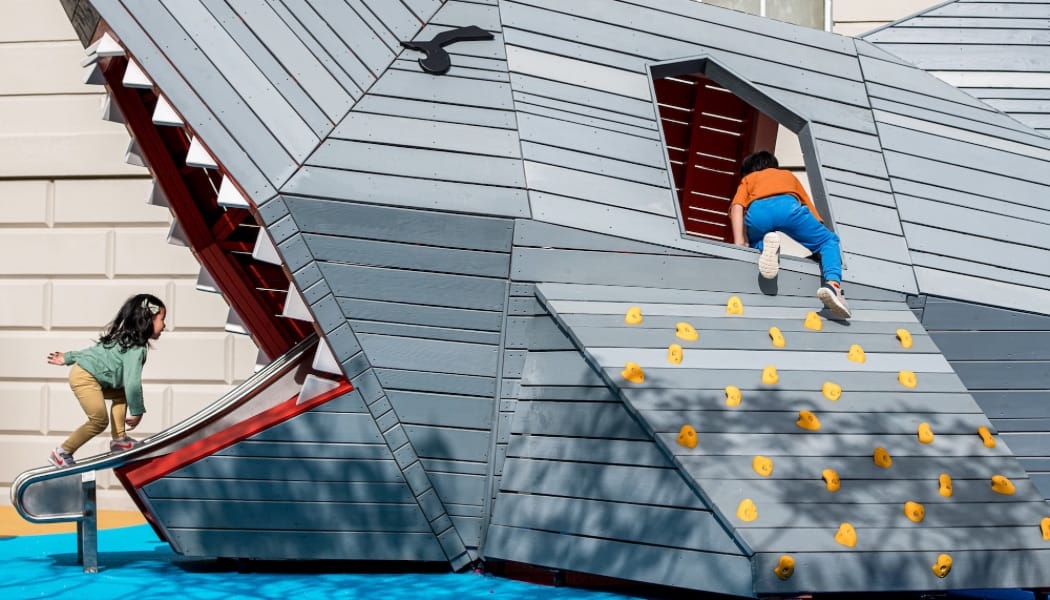
Deepening Engagement With Collections and Stories
Adventure play in museums doesn’t have to be separate from the learning experience — in fact, it can actively reinforce it. At CAP.CO, we work closely with museum teams to weave narrative and educational elements into the very fabric of the play.
This might mean a climbing structure inspired by the collection. A good example is the Cutty Shark at the National Maritime Museum, or the black sand to reflect the coal mining history at Blists Hill. Play can reflect and amplify a museum’s unique identity, helping children to physically and emotionally connect with its themes.
Children learn best when they’re curious, motivated and free to explore. Play facilitates this in a way that traditional interpretive panels never could. And when parents and carers join in — a genuine consideration for us at the design stage — the educational value radiates outward, sparking questions and conversations that continue well beyond the museum walls.
Improving Inclusivity and Accessibility
Play is a universal language. It transcends age, background, ability and even language barriers. For museums looking to improve inclusion and accessibility, adventure play can be a powerful leveller.
Well-designed play spaces can include features for children with different mobility levels, sensory processing needs and neurodiverse conditions. Tactile surfaces, quiet zones, multi-level access and natural materials all contribute to a play offer that feels safe and welcoming to everyone.
Importantly, adventure play also helps museums shift perceptions. It breaks down the idea that museums are only for a certain type of visitor — quiet, studious and well-behaved — and instead positions them as lively, open places where every child and family feels they belong.
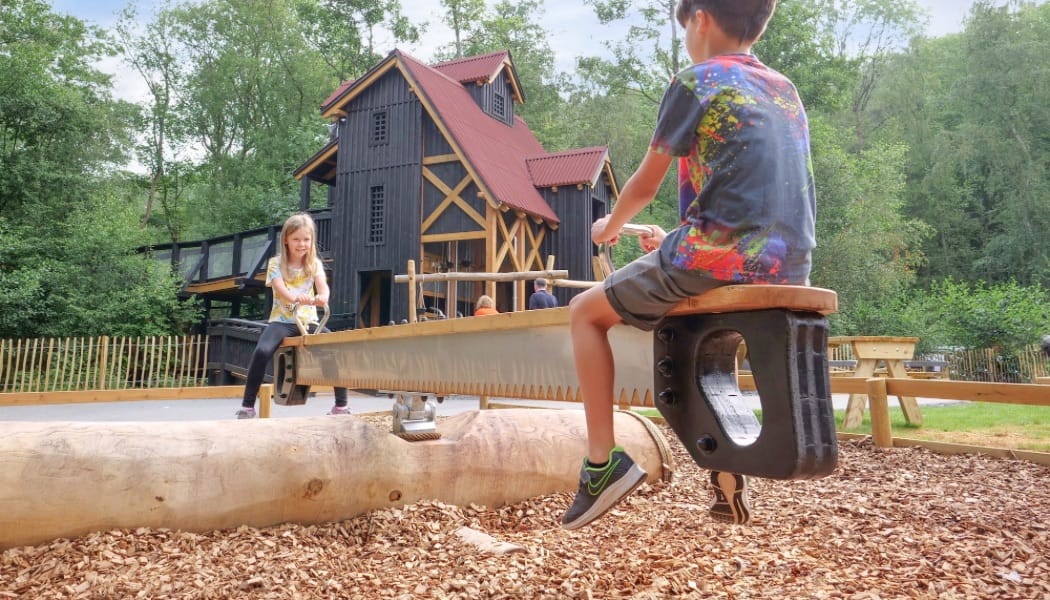
Unlocking New Revenue Streams
From a commercial standpoint, adventure play is an investment that pays back. Not only does it help drive ticket sales, but it also opens up new opportunities for income generation.
This might include additional birthday parties, brunch at the cafés adjacent to the play area, or seasonal events tied into the play offer. Shops and food outlets typically see an uplift in sales when families stay longer — especially if the children are happy and entertained.
Reconnecting with Nature and Outdoor Space
Many museums have underused outdoor areas — gardens, courtyards, former car parks — which are crying out to be reimagined. Adventure play offers a way to transform these spaces into vibrant, valuable assets.
Natural play in particular is growing in popularity. Using timber, rope, stone and planting, these environments feel more in tune with children’s instinctive curiosity and need for physical challenge. Unlike plastic play equipment, natural play evolves over time — trees grow, paths change, textures weather. It invites creative exploration and adds an authentic, sensory layer to the museum visit.
Outdoor play also supports museums in improving sustainability. Green roofs, rainwater harvesting, wildflower planting and reused materials all contribute to environmental goals, while encouraging children to engage with nature in meaningful ways.
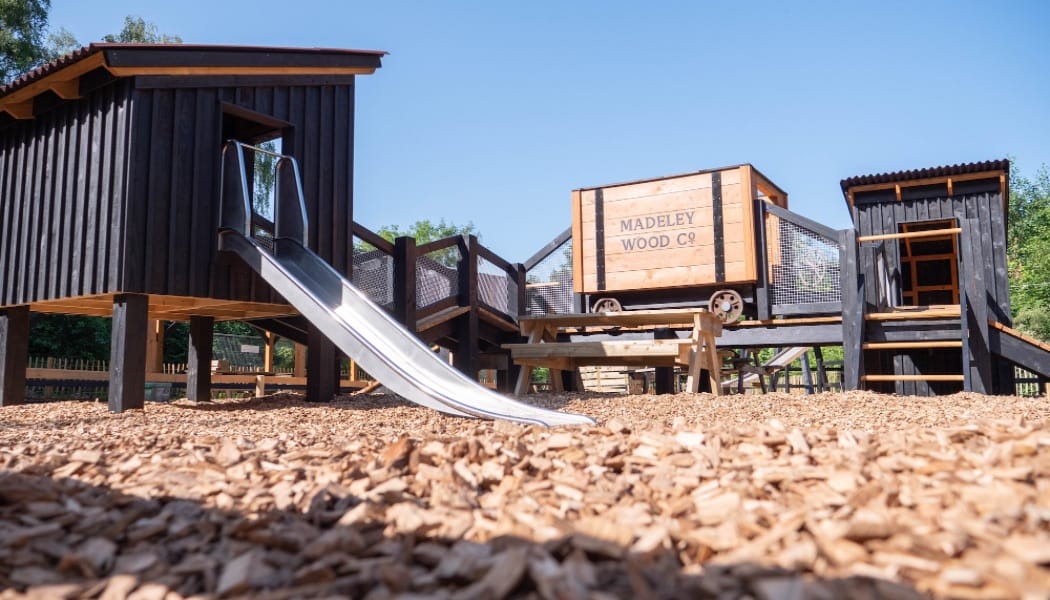
Supporting Mental Health and Wellbeing
The positive impact of play on mental health is well documented. It helps reduce stress, build confidence, foster friendships and develop problem-solving skills. In a post-pandemic world, where anxiety and screen time dominate so many children’s lives, physical play is more important than ever.
For museums, integrating adventure play sends a powerful message: we care about the whole child, not just their academic knowledge. We want them to feel joy here. To move, climb, laugh and explore — and to associate that joy with culture, history and learning.
That emotional connection is what builds future museum-goers. People who return not just because they should, but because they want to.
Why Adventure Play is the Future for Museums
Museums are evolving. No longer just places to look and learn, they’re becoming spaces to feel, play and grow. Adventure play is not a distraction from a museum’s purpose — it’s a powerful tool that enhances it.
At CAP.CO, we’re proud to partner with museums that want to break new ground. Whether it’s designing a rooftop cityscape, an underground storytelling tunnel, or a wild woodland trail, our focus is always the same: creating adventurous places where memories are made.
Because when play and purpose meet, the results are extraordinary — for visitors, for museums, and for the next generation of curious minds.
CAP.CO (Creating Adventurous Places Ltd)
We design and build unique adventure play spaces across the UK, Europe and North America. To learn more about our museum projects, or explore how we could bring your site to life through play, get in touch.

